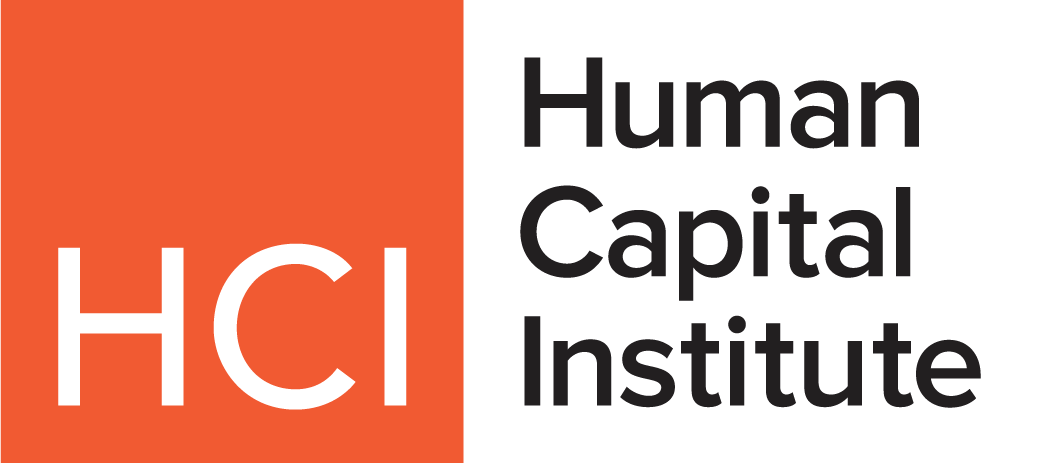Yesterday’s Advisor featured the first seven tips from Attorney Jonathan Segal on improving gender equality. Today, the rest of the story.
 |
Segal, one of the Society for Human Resource Management’s (SHRM) top speakers, offered his tips at SHRM’s Annual Conference & Exposition, held recently in Washington, D.C.
[go here for tips 1 through 7]
- Empowerment Vehicles
Mentoring can be important, but take care in setting it up. There can be dangers in gender matching, for example, if there are few woman mentors. Cross-gender mentoring is recommended.
A mentor might, for example, counsel a female “leaning in” for a raise: Don’t say, “I need a raise.” Say something more like, “I am delighted that I’ve met your expectations; here are my expectations.”
Affinity groups can be empowerment vehicles, but consider carefully, because there are risks and practical issues to consider.
- Evaluations/Assessments
Here are three common traps leaders make in evaluating for hiring, promotion, and pay:
- “Like me” bias (mismeasuring strength of women)
- Stereotypic assumptions (commitment and childcare)
- Double standard (men are assertive; women are abrasive)
Again, if you audit, consider doing it in such a way that the analysis is protected by privilege.
- Squash Harassment
Sadly, says Segal, one in four women believes she has been subject to harassing behaviors.
Training should cover:
- Types of harassment (quid pro quo, hostile work environment—obvious and perhaps less obvious)
- Affirmative management responsibilities (It is not enough to refrain, you must respond proactively if you see harassment, even if there is no complaint.)
- Ensure Performance Management
Remember that avoidance can be a form of discrimination. For example, “I didn’t criticize her because I was worried it might be perceived as harassment.” That’s denying the person the feedback she needs to get ahead.
- Communicate
Beware of social inclusion issues. Are women excluded from gatherings consciously or unconsciously? Consider finding or including some additional or different activities.
Suggested Communications:
- Equal employment opportunity (EEO) policy and complaint procedure that covers discrimination—gender and pregnancy—and harassment—sexual and nonsexual
- Value statement
- Code of conduct
It’s important to use gender-neutral language and expressions.
In Management Training:
- Make the business case (include examples).
- Cover prohibited discrimination, including:
- Direct discrimination (need a man to command respect of constituency);
- Stereotyping (women and children);
- Unconscious bias (when woman leans in);
- Pregnancy bias; and
- Make clear manager’s accountability.



